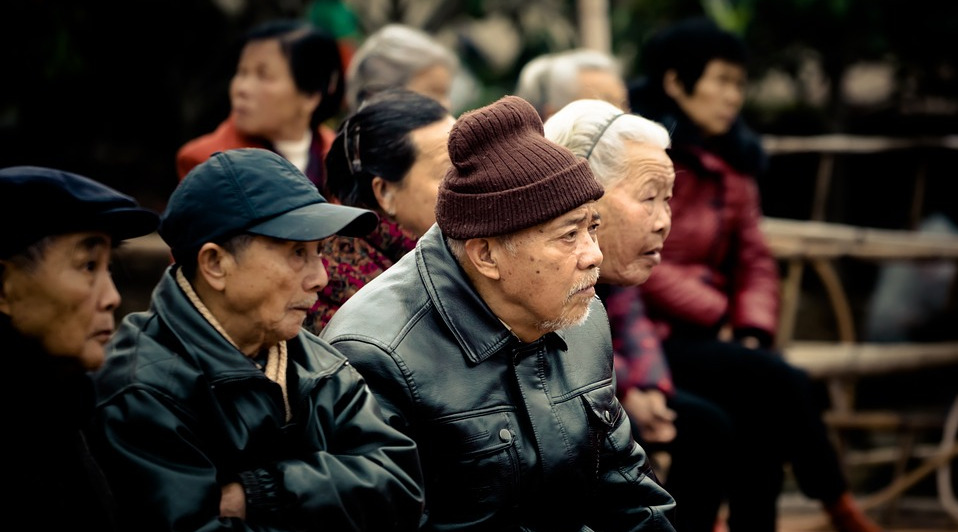
Paul Yip & Jacky Wong
The government’s summit next month on alleviating poverty is an important opportunity to take stock and identify ways to work for the betterment of the community. We need to have an accurate understanding of the situation in formulating focused measures to alleviate poverty.
A person is defined as poor if his/her household income is below the poverty line, which is set at half the median household income in Hong Kong. It is a relative measure rather than an absolute one; there is always going to be a certain proportion of the population below that level. Hence the rate itself may not be able to accurately describe the change in the poverty situation in Hong Kong.
The rate itself and the number of people living in poverty depend on a number of factors, including: whether the population is ageing (the poverty rate among older adults is twice that of the general population, at 30.5 per cent versus 14.5 per cent in 2013); the proportion of single persons or small households, with smaller households having a higher poverty rate; and growth in the population, which leads to an increase in the number of those in poverty even though the rate has not worsened.
We have analysed the figures to track how these factors have changed the poverty situation in Hong Kong between 2009 and 2013.
In 2009, the poverty rate was 20.6 per cent before taking into account government benefits and allowances, and 16 per cent after they were included. Such “intervention measures” include recurrent cash benefits like social security payments – Comprehensive Social Security Assistance, Old Age Allowance, Old Age Living Allowance and Disability Allowance – and also other cash allowances such as the Work Incentive Transport Subsidy. These cash benefits aim to provide timely support to those in need and improve living conditions among the “poor”.
In 2013, the corresponding poverty rate figures were 19.9 per cent and 14.5 per cent respectively.
The impact of government benefits in reducing poverty is not small, but neither is the cost – involving about HK$19.5 billion for CSSA and HK$16 billion for old-age-related allowances in 2013.
From 2009 to 2013, the poverty rate decreased by 1.5 percentage points. It’s worth noting that the increase in the number of older adults and single people in the community has offset the magnitude of the improvement – the change would have been 2.1 percentage points if the elderly proportion and household size distribution had remained constant since 2009.
Hong Kong, with its rapidly ageing population and increasing number of smaller households, is facing an acute challenge in poverty alleviation. The predicted reduction in the size of the labour force from 2018 is also of concern.
The rise in the number of smaller households, meanwhile, could be related to the increase in the divorce rate and growing number of couples with no children. The traditional protective function of family is diminishing and it is essential to explore new ways to support those in need.
Community-based networks can compensate for a loss of family function and make use of community resources and volunteers to reconnect the vulnerable. Investing in skills training for our young people is important; they are the crucial component to sustain future growth. For those who wish to work beyond the retirement age, we must embrace a more flexible way of working to maximise experience without affecting young people’s upward mobility.
Also, employment opportunities for women are important as they can contribute significantly to their family’s income. Good childcare support and a family-friendly working environment are essential. Improving the wage level for low-income groups should be the responsibility of all. Their contributions have usually been overlooked as they don’t have much bargaining power. We should treat these valuable members of society better; it is a yardstick of a humanist and advanced society.
Poverty alleviation can’t be solved by the government alone. The business sector is very much a partner in our community, companies can’t simply concentrate on earnings and performance while ignoring the well-being of their workers.
Fixing a target figure for reducing the number in poverty or keeping the proportion below a certain percentage level is impractical and unfeasible. The important thing is to be able to identify who would benefit most from government help and who has been missing out. For instance, two-person households and older adults have been helped a lot by the current measures.
Certainly, it is not healthy or financially viable in the long term to rely on government subsidies alone. It will be much more sustainable if employment conditions can be improved. The size of the group of asset-rich and income-poor older adults can be better understood to make any assistance more focused and effective.
The government has actually done much, but poverty alleviation measures may not always have been properly reflected and understood in the community. Alleviating poverty is an uphill battle in Hong Kong. Good policies are important but a collective community effort cannot be underestimated. We should take heed of the proverb that “it takes a whole village to raise a child”. Similarly, we need a concerted effort from all stakeholders to deal with the challenges arising from poverty.
A good understanding of the figures and their meaning is a must for everyone.
Paul Yip is a professor of Social Work and Social Administration, and Jacky Wong is a researcher at the Centre for Suicide Research and Prevention, at the University of Hong Kong
This article was published on SCMP on Sunday, 27 September, 2015. Please click here to find out more.
